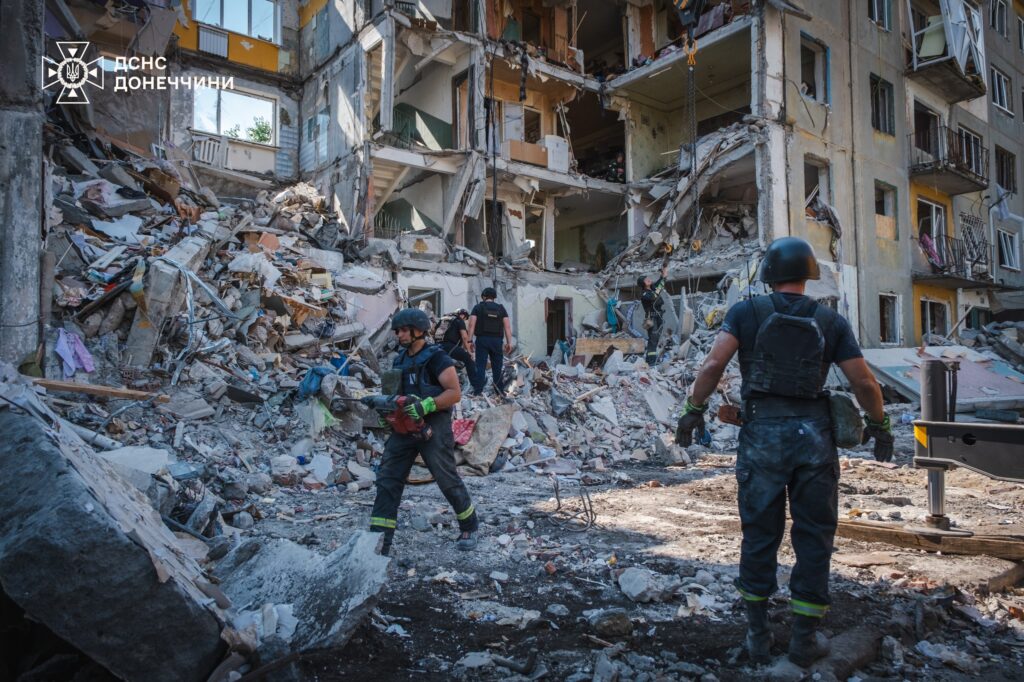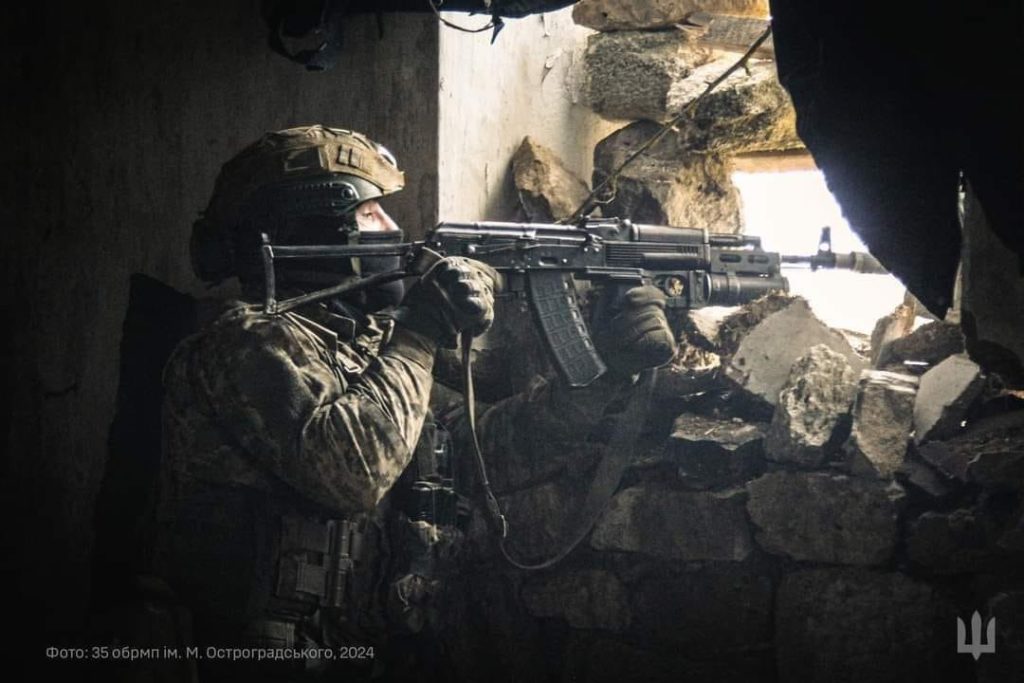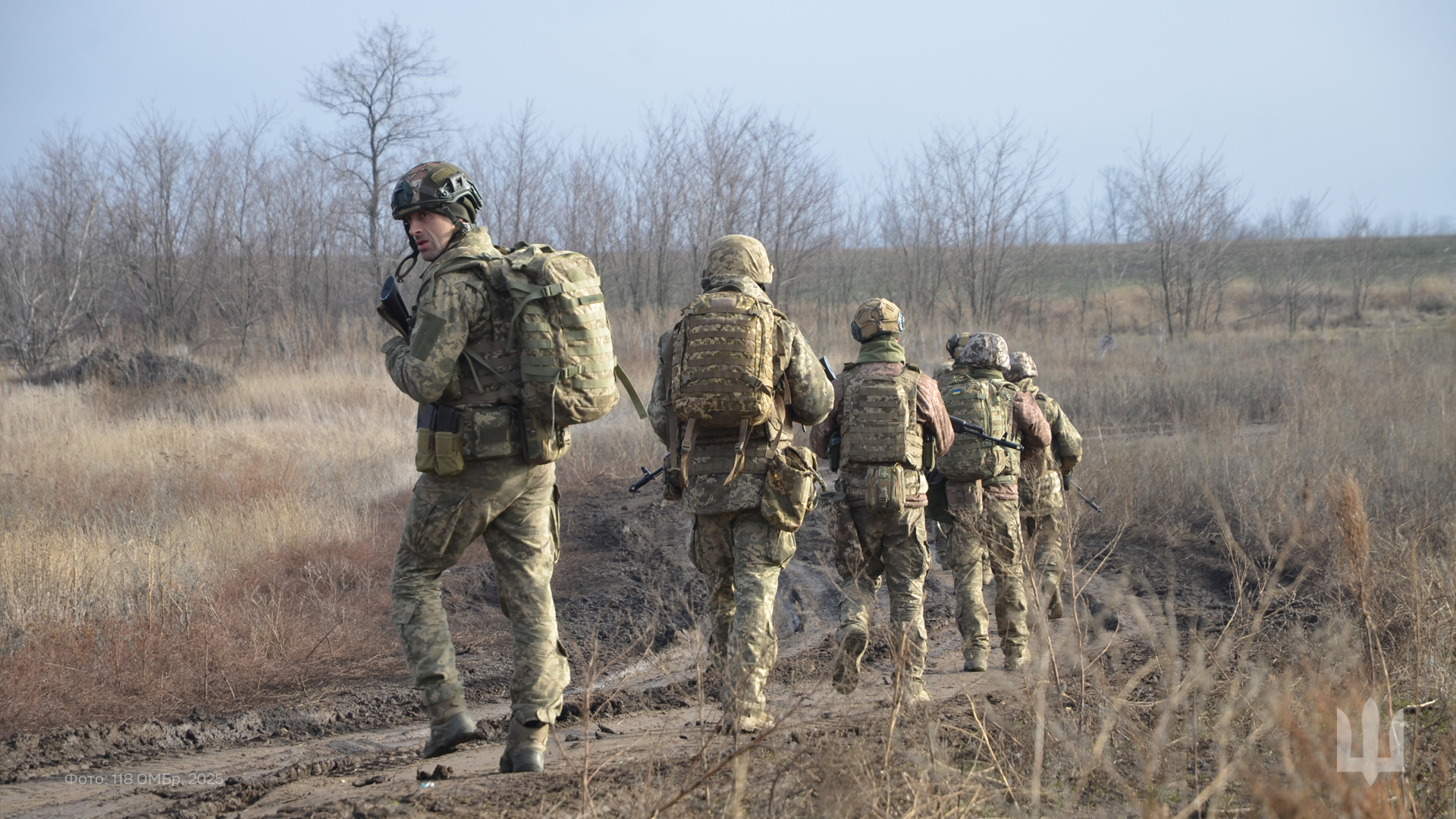Ukraine’s window closes: Russian forces 3km from trapping Myrnohrad troops

- Ukrainian troops are nearly cut off in Myrnohrad in eastern Ukraine
- The troops in neighboring Pokrovsk are in only slightly less danger of encirclement
- "It is time ... to abandon" Myrnohrad, one analysis group urged
- Retreat will be dangerous and costly, however
- Ukrainian commanders often wait too long to withdraw from indefensible settlements
The gap between separate contingents of Russian troops advancing east and west of Myrnohrad is now just 3 km. With every passing day, it becomes much more difficult for the Ukrainian troops south of the closing Russian pincer to receive supplies through the gap—or retreat through it to the north.
Current situation in Myrnohrad: Russian pincer gap stands at just 3 km between advancing forces. Ukrainian defenders—parts of the 25th Air Assault and 38th Marine brigades—face an encirclement timeline measured in days, not weeks. One remaining corridor under heavy drone surveillance provides the only escape route.
The implication is clear, according to the pro-Ukraine Conflict Intelligence Team. "It is time for the [armed forces of Ukraine] to abandon Myrnohrad and the area south of it," CIT urged.
Myrnohrad, an industrial town with a pre-war population of around 40,000, lies just east of Pokrovsk, a mining city with a pre-war population of more than 100,000.
Current situation in Myrnohrad:
- Russian pincer gap: Just 3 km between advancing forces
- Ukrainian defenders: Parts of 25th Air Assault and 38th Marine brigades
- Encirclement timeline: Days, not weeks
- Escape routes: One remaining corridor under heavy drone surveillance
Why Pokrovsk and Myrnohrad matter strategically
Pokrovsk and Myrnohrad anchor Ukrainian defenses in Donetsk Oblast. Capturing Pokrovsk would give the Russian Central Group of Forces a clearer shot at the twin cities of Kramatorsk and Sloviansk, 60 km to the north—major population centers that remain under Ukrainian control.

For more than a year, outnumbered Ukrainian forces have defended Pokrovsk and Myrnohrad. At tremendous cost in men and machines, the Russians ground toward the city, trading bodies and equipment for every meter of Ukrainian soil.
Initially rebuffed on the outskirts of Pokrovsk and Myrnohrad, the Russians pivoted—and began encircling the twin settlements instead of directly assaulting them.
In March, the Russian 132nd Motor Rifle Brigade discovered gaps in Ukrainian defenses northwest of Pokrovsk and quickly marched north toward the village of Dobropillia, which sits astride one of just two main supply routes into Pokrovsk and Myrnohrad.
The Russians lost the subsequent battle for the Dobropillia pocket, but only after the Ukrainian 1st Azov Corps—one of Ukraine's main formations then in reserve for emergencies—rushed toward the salient.
Russian drones turn supply routes into kill zones
The Ukrainian counterattack prevented the supply lines from being overrun by Russian infantry, but couldn't prevent the best Russian first-person-view drones—flown by Rubicon and other elite groups—from striking Ukrainian vehicles speeding down the roads into Pokrovsk.
"Virtually every vehicle heading into the city comes under attack," Ukrainian philanthropist Serhii Sternenko warned. "It's impossible to quickly evacuate the wounded. It's impossible to deliver supplies and ammunition on time. The main losses aren't at the positions, but on the road."
Це жахливе відео, але його потрібно бачити.
— Serhii Sternenko ✙ (@sternenko) November 3, 2025
Це дорога у Покровськ. Під повним вогневим контролем ворога.
Що ховається за сухою фразою «повний вогневий контроль»?
Саме те, що на відео.
Практично кожна одиниця транспорту, що прямує у місто, зазнає атак. Неможливо швидко вивозити… pic.twitter.com/b0kZPOZUXT
Fresh mech assaults tighten Russian grip
Resuming mechanized attacks after a long pause, the Russians continued to close their pincer around Pokrovsk and Myrnohrad through October, slowly strangling their Ukrainian garrisons. Now it's too late to save either settlement. "Both towns are effectively lost and recapturing them is nearly impossible," CIT noted, "as AFU reserves were deployed to the neighboring front-line section to stabilize and eliminate the Dobropillia breakthrough."
Today, there are hundreds of Russian infiltrators inside Pokrovsk and more than 100,000 Russians in the wide front around the city.
Parts of just two Ukrainian brigades—the 25th Air Assault Brigade and the 38th Marine Brigade—remain in and around Myrnohrad. They should retreat first, followed by any troopers from the 155th Mechanized Brigade who remain in Pokrovsk.
Escape possible but increasingly deadly
The pincer is closing, but it's not impossible for the Ukrainians to escape. "Although we expect the gray zone to close soon, full encirclement and capture or killing of all soldiers trapped in the pocket cannot be anticipated," CIT explained. "In modern warfare, where Russian advances often involve small units, similar small Ukrainian groups may still be able to break out, despite the risks of drone strikes or firefights."

But the retreat will be dangerous. And the Ukrainians will have to escape on foot, leaving behind any heavy equipment that remains in Myrnohrad.
The order to quit Myrnohrad could have—and, according to some observers, should have—come much earlier. Ukrainian forces are preparing new defensive lines north of Pokrovsk. And with their advantage in drones as well as the natural advantages any defender enjoys over an attacker, the Ukrainians are increasingly adept at defending open terrain where approaching Russian troops have nowhere to hide.
Unlike in cities, where the attacking Russians have everywhere to hide.
Ukraine's pattern of late withdrawals
Sternenko urged Ukrainian commanders to learn from Pokrovsk and Myrnohrad, and allow plenty of time for an orderly retreat once a city or town becomes indefensible.
But waiting too long to withdraw is becoming a tragic tradition in the Ukrainian armed forces. It happened in Bakhmut. It happened in Avdiivka. It happened in Sudzha.
"Every time, our forces withdrew at the last moment with heavy losses, abandoning property and equipment," Sternenko pointed out. "Not everyone could get out. Some remained in their positions forever."
"This is happening again right now."
Recent Ukrainian withdrawals:
- Bakhmut (May 2023): Late withdrawal, heavy casualties
- Avdiivka (February 2024): Last-minute retreat under fire
- Sudzha (2024): Equipment abandoned, personnel losses
- Myrnohrad (November 2025): Pattern repeating




